The first brick-built house in Shropshire comes to the market
Grade I-listed Plaish Hall is a magnificent Tudor country house standing in formal gardens.
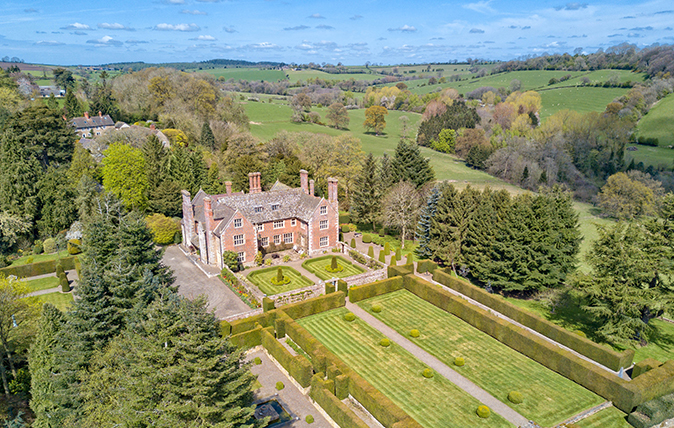

Almost 100 years ago to the day, an article in Country Life by Avray Tipping (May 26, 1917) sought to set the record straight regarding the identity of the builder of the magnificent Grade I-listed Plaish Hall at Plaish, near Church Stretton, south Shropshire, which comes to the market through the Shrewsbury office of Strutt & Parker at a guide price of £2m.
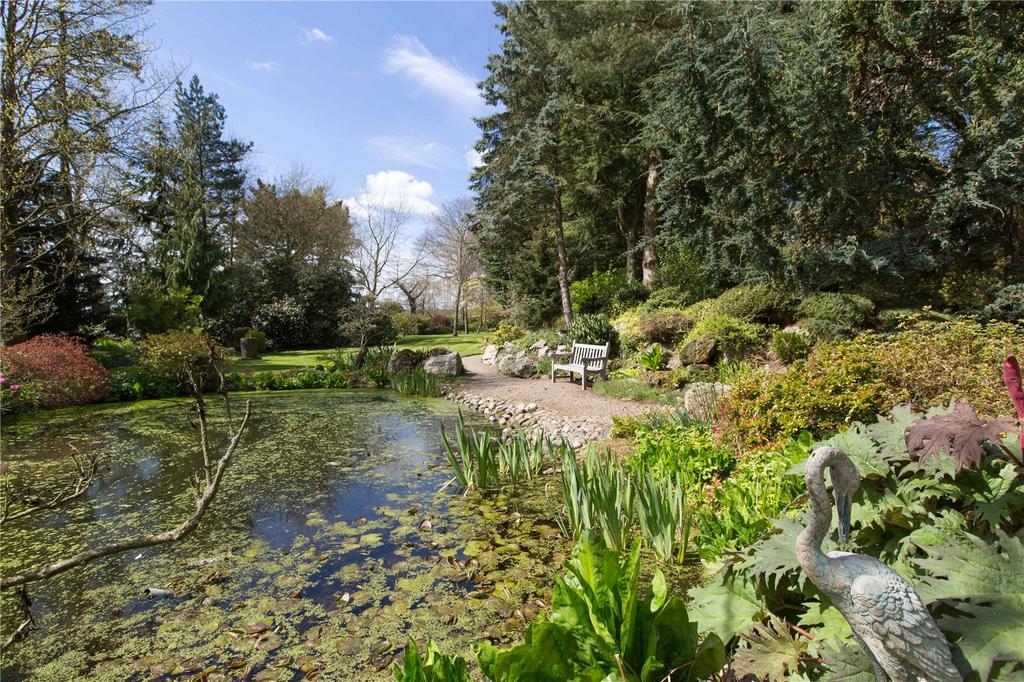
A classic H-shaped, two-storey brick-and-stone manor house with gables and a Tudor front, it was almost certainly built in two stages, in about 1540 and 1580, for Sir William Leighton, an unforgiving Elizabethan judge who was presiding over a trial of prisoners while the building work at his mansion was in progress.
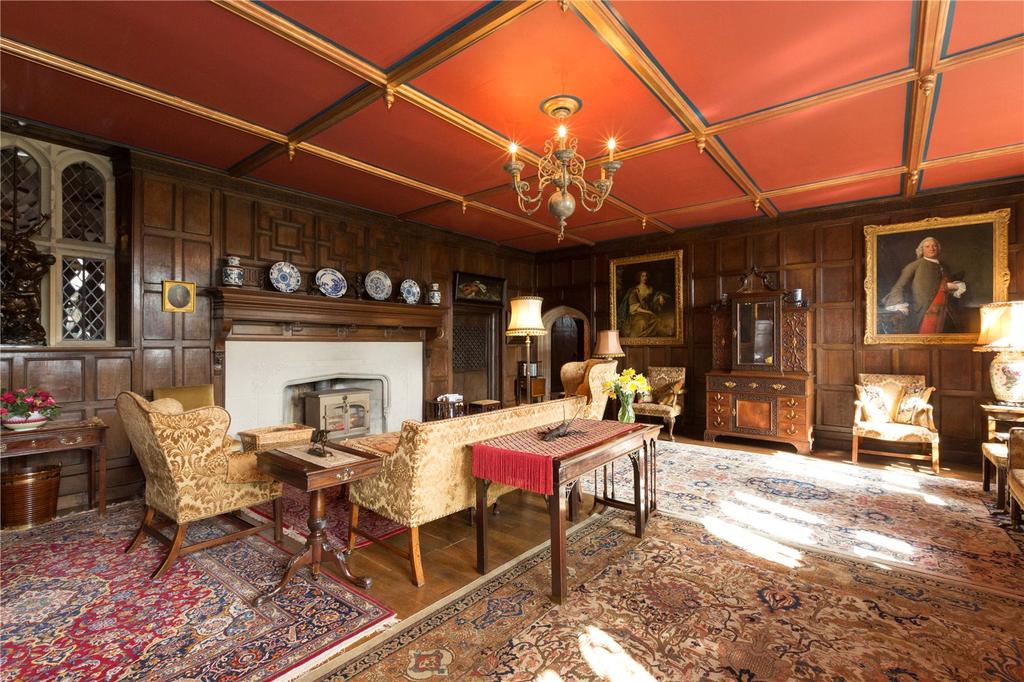
According to local records, Sir William ‘took occasion to enquire of the High Sheriff “whether there happened to be in these parts any man who could undertake the building of ornamental chimneys”’.
The Sheriff replied that the only person he knew who was capable was the very man that his lordship had just tried for a capital offence and sentenced to be hanged.
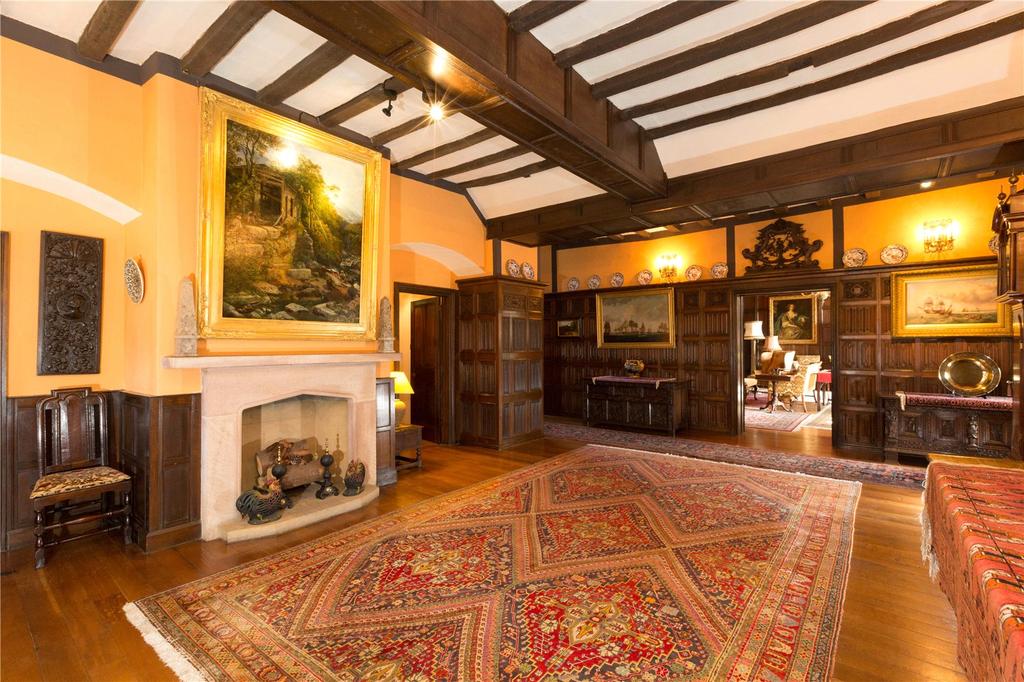
‘Then he shall go and do my chimneys first,’ announced Sir William, after which the unfortunate convict had his execution deferred while he built the hall’s famous ornamental chimneys. He was then sent back to prison, where his death sentence was duly carried out.
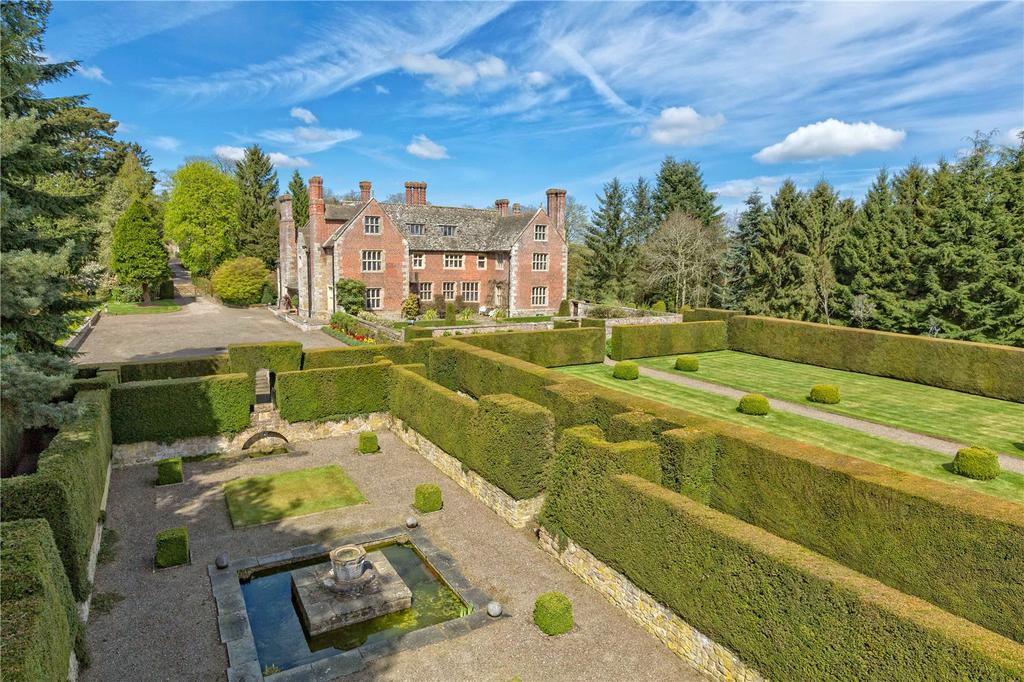
Happily, these are kinder days at Plaish Hall, where the current owners, who bought this lovely house, set in 12¾ acres of Tudor gardens and parkland, some 35 years ago, are now seeking to downsize, having carried out a meticulous renovation of the historic mansion and its grounds.
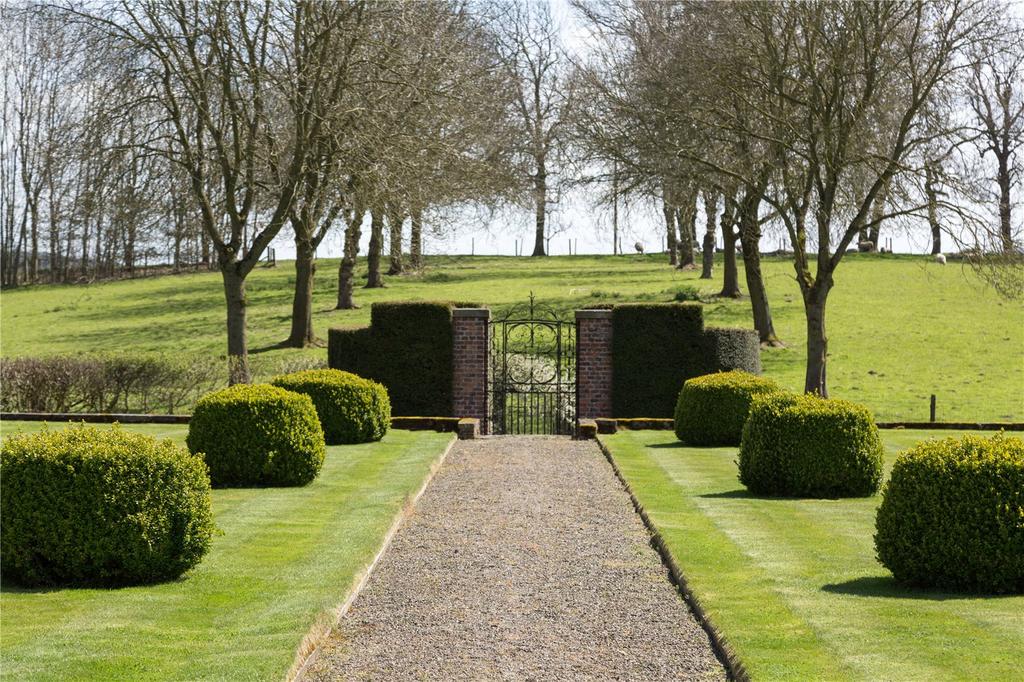
Tranquillity reigns throughout the house, which has 12,136sq ft of comfortable and practical living space, with five elegant reception rooms for large-scale entertaining, plus five main bedrooms, four bathrooms and attics, all of which abound in period charm and character.
Sign up for the Country Life Newsletter
Exquisite houses, the beauty of Nature, and how to get the most from your life, straight to your inbox.
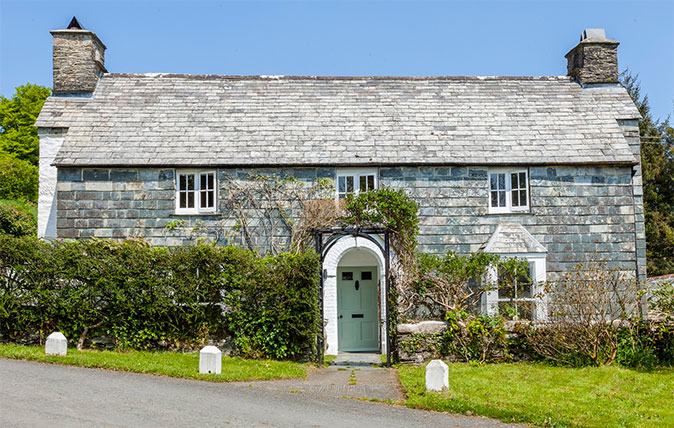
A house for sale where Thomas Hardy broke his love rival’s heart
This lovely old vicarage in Cornwall has a quite incredible back story.
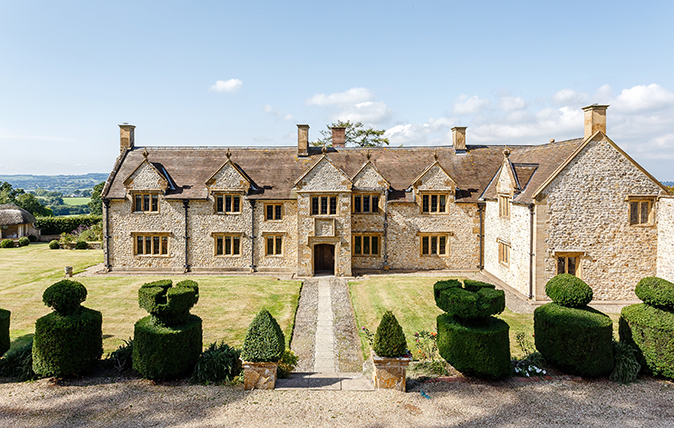
The Elizabethan manor that offered refuge to Charles II as he fled to France
Few houses can boast hundreds of years of history and a sparkling future.
-
 Game, set, match: Holger Rune and Lorenzo Musetti join the Giorgio Armani Tennis Classic line-up at London's Hurlingham Club
Game, set, match: Holger Rune and Lorenzo Musetti join the Giorgio Armani Tennis Classic line-up at London's Hurlingham ClubThe Danish player, ranked number nine in the world, and the Italian, ranked 11th, will both take to the courts at the 150-year-old Hurlingham Club in London.
By Lotte Brundle Published
-
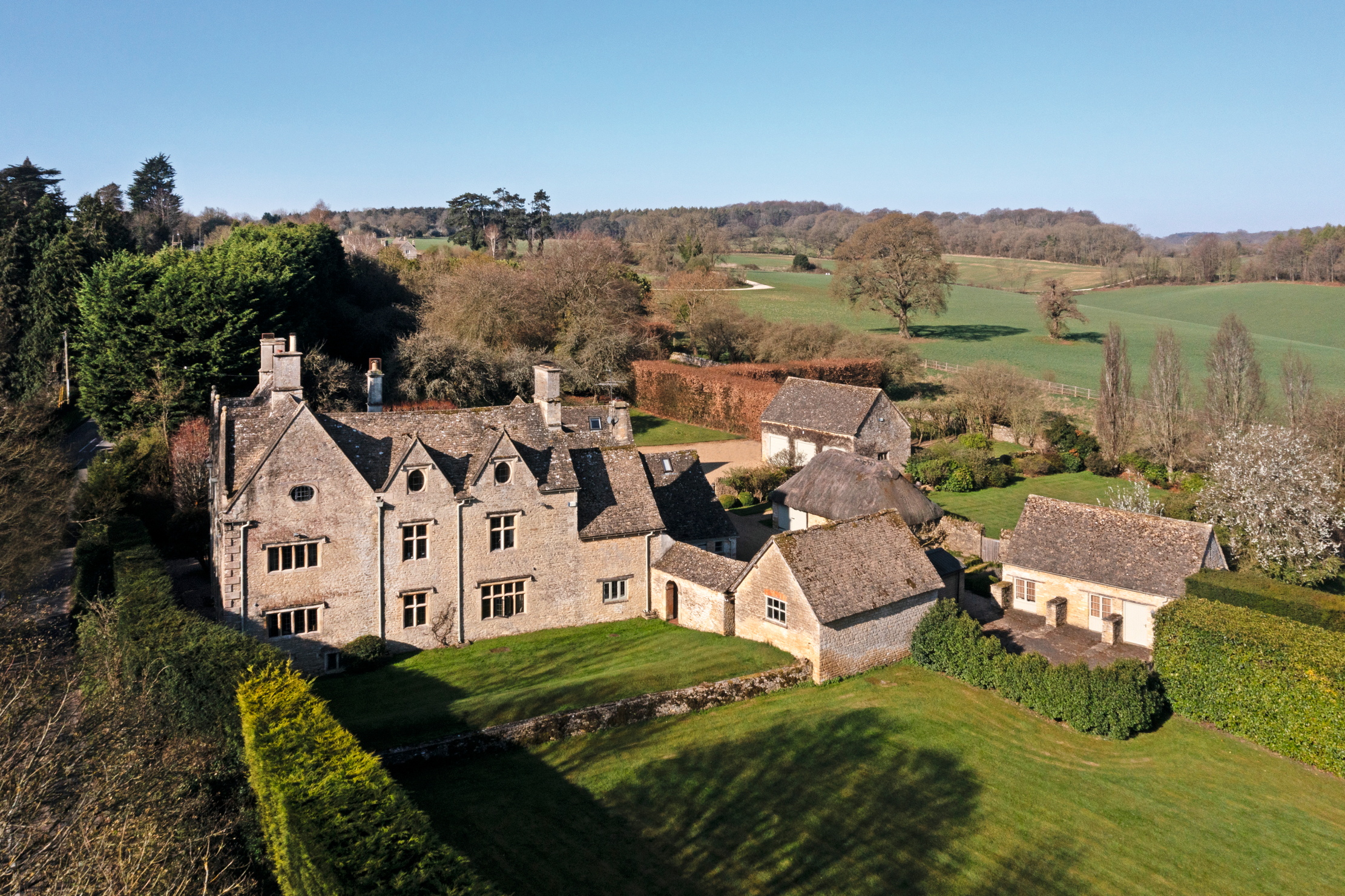 A charmingly unspoilt 17th century farmhouse for sale in the Cotswolds' 'Golden Triangle'
A charmingly unspoilt 17th century farmhouse for sale in the Cotswolds' 'Golden Triangle'Finstock Manor was once part of the Cornbury Park Estate and is now an elegant family home.
By Penny Churchill Published
-
 A charmingly unspoilt 17th century farmhouse for sale in the Cotswolds' 'Golden Triangle'
A charmingly unspoilt 17th century farmhouse for sale in the Cotswolds' 'Golden Triangle'Finstock Manor was once part of the Cornbury Park Estate and is now an elegant family home.
By Penny Churchill Published
-
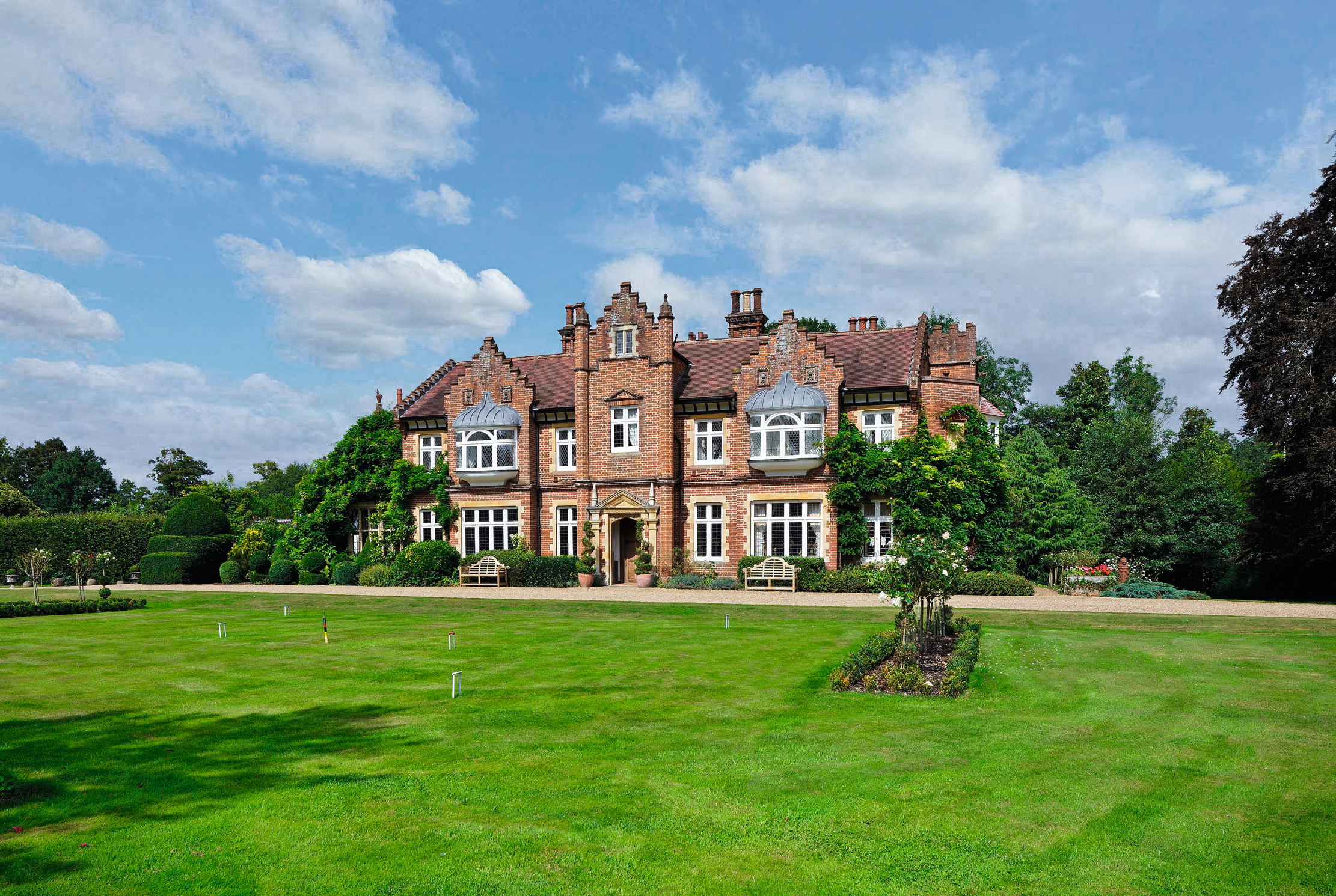 Tasburgh Hall: From a Buddhist centre to a seven-bedroom family home in 23 acres
Tasburgh Hall: From a Buddhist centre to a seven-bedroom family home in 23 acresThe property, in Norfolk, was once four separate apartments, but has been lovingly re-stitched back together.
By Penny Churchill Published
-
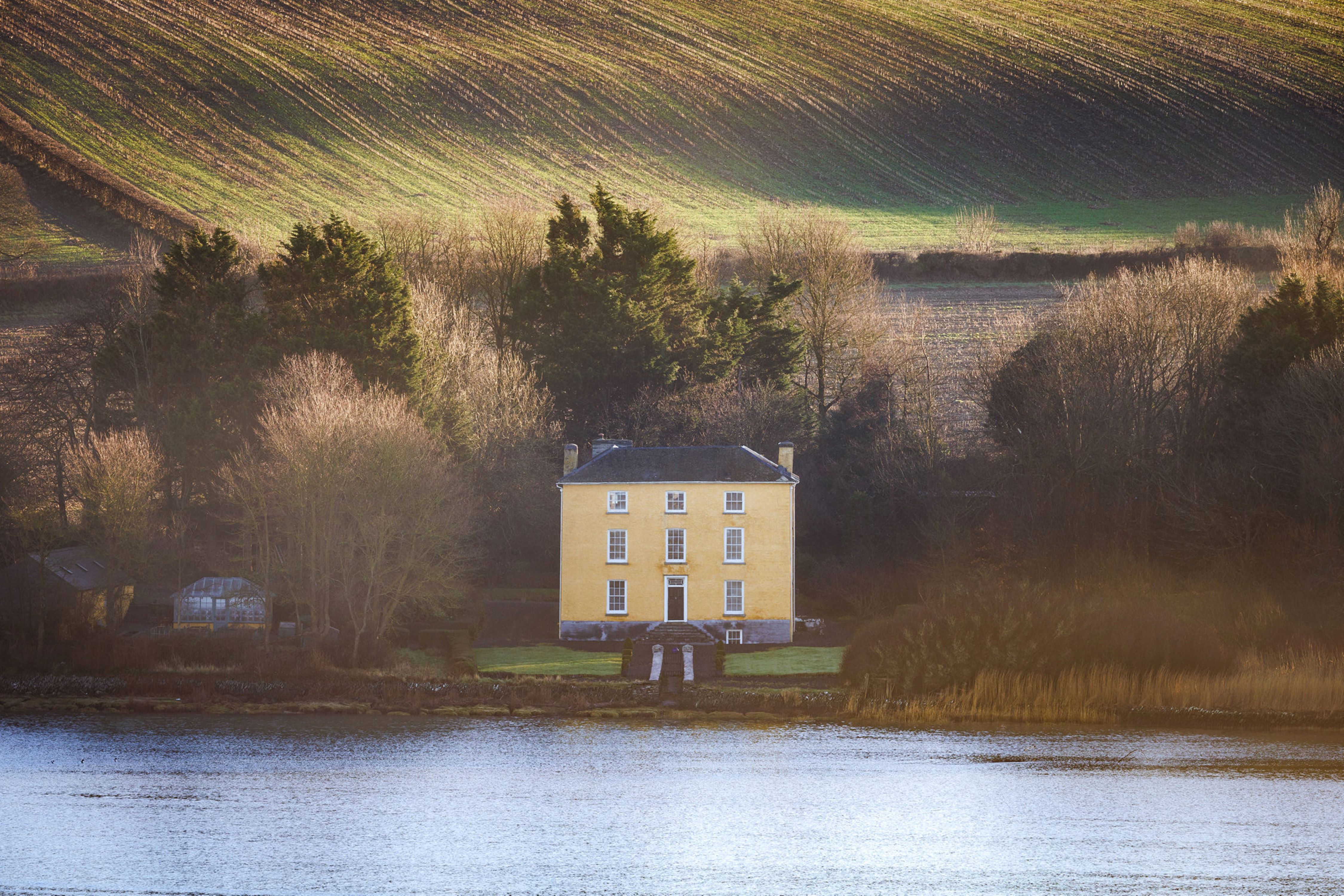 Old homes in new lights: A look at contemporary property photography
Old homes in new lights: A look at contemporary property photographyAttention is at a premium. Having the right image that will draw the maximum number of buyers has never been more important.
By Arabella Youens Published
-
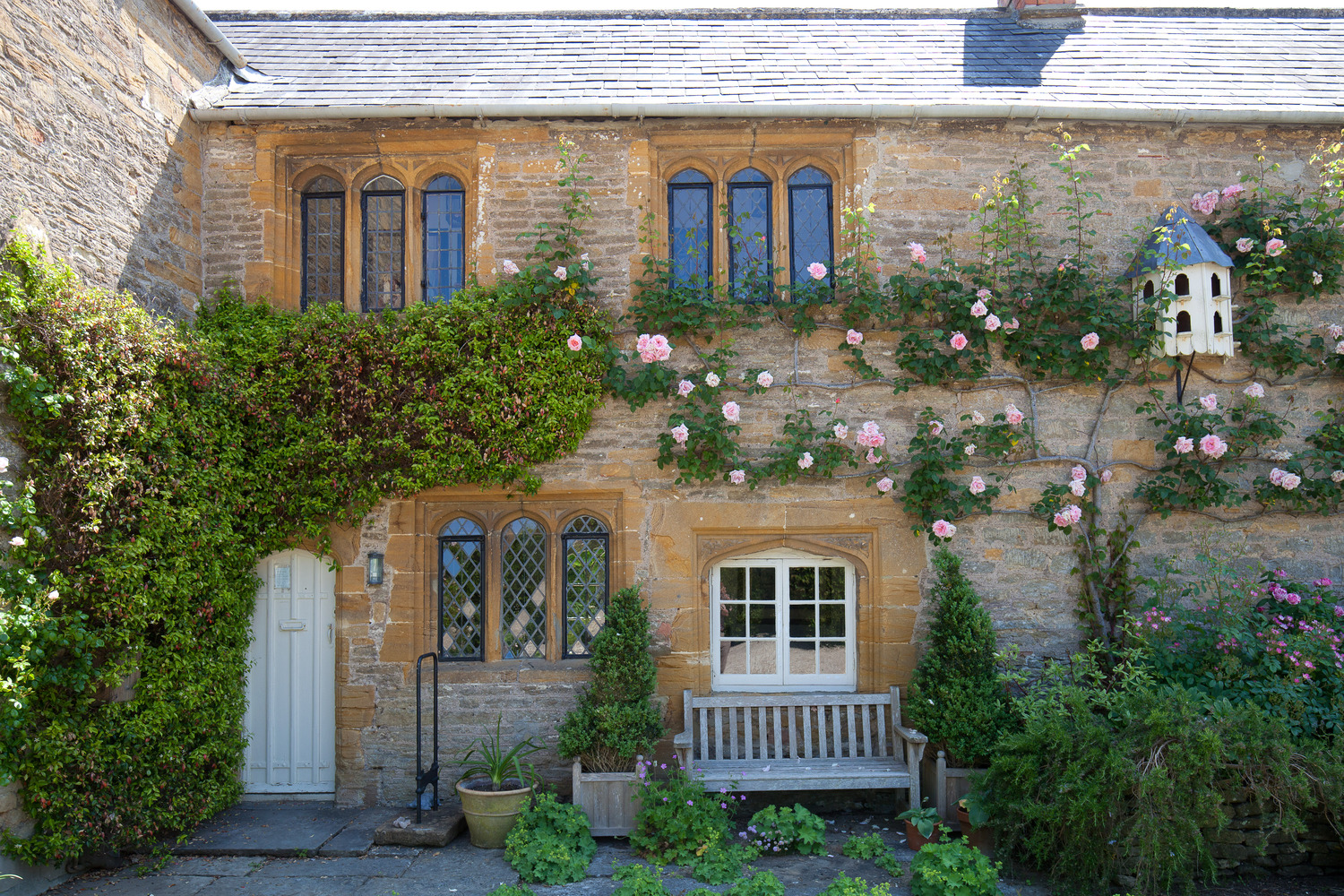 Five outstanding properties, from 3,000 acres in Wales to Robert Plant's old home, as seen in Country Life
Five outstanding properties, from 3,000 acres in Wales to Robert Plant's old home, as seen in Country LifeWe take a look at some of the best houses to come to the market via Country Life in the past week.
By James Fisher Published
-
 A villa from paradise on Koh Samui where the pool might be bigger than the house
A villa from paradise on Koh Samui where the pool might be bigger than the houseSituated on the Samujana Estate, a filming location for the White Lotus, Villa 24 has got it all
By James Fisher Published
-
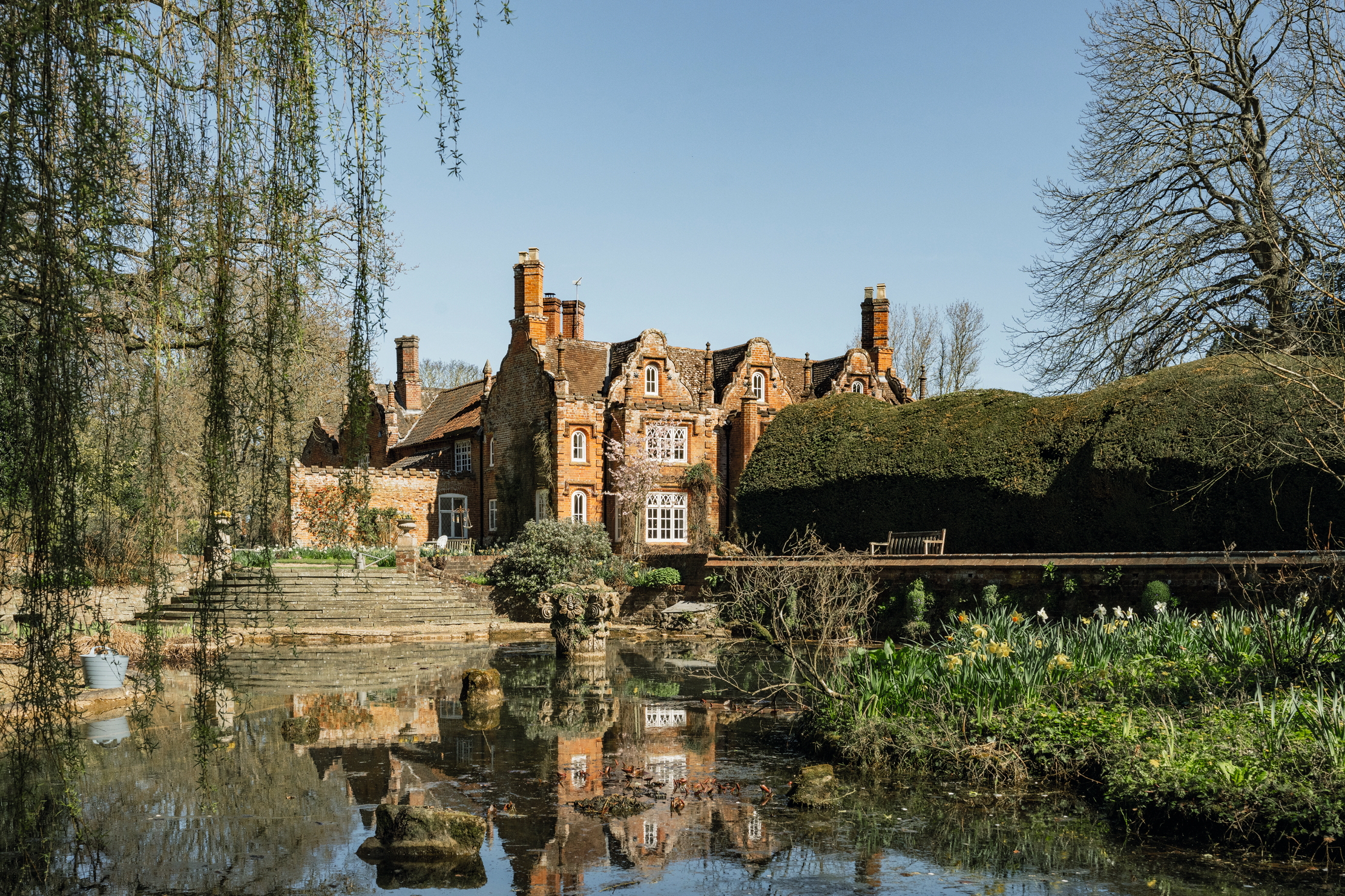 A six bedroom Grade II-listed hall set in eight acres of serene grounds in Norfolk
A six bedroom Grade II-listed hall set in eight acres of serene grounds in NorfolkBrandiston Hall can trace its origins to the 17th century, but has been sensitively refurbished by its current owners.
By Penny Churchill Published
-
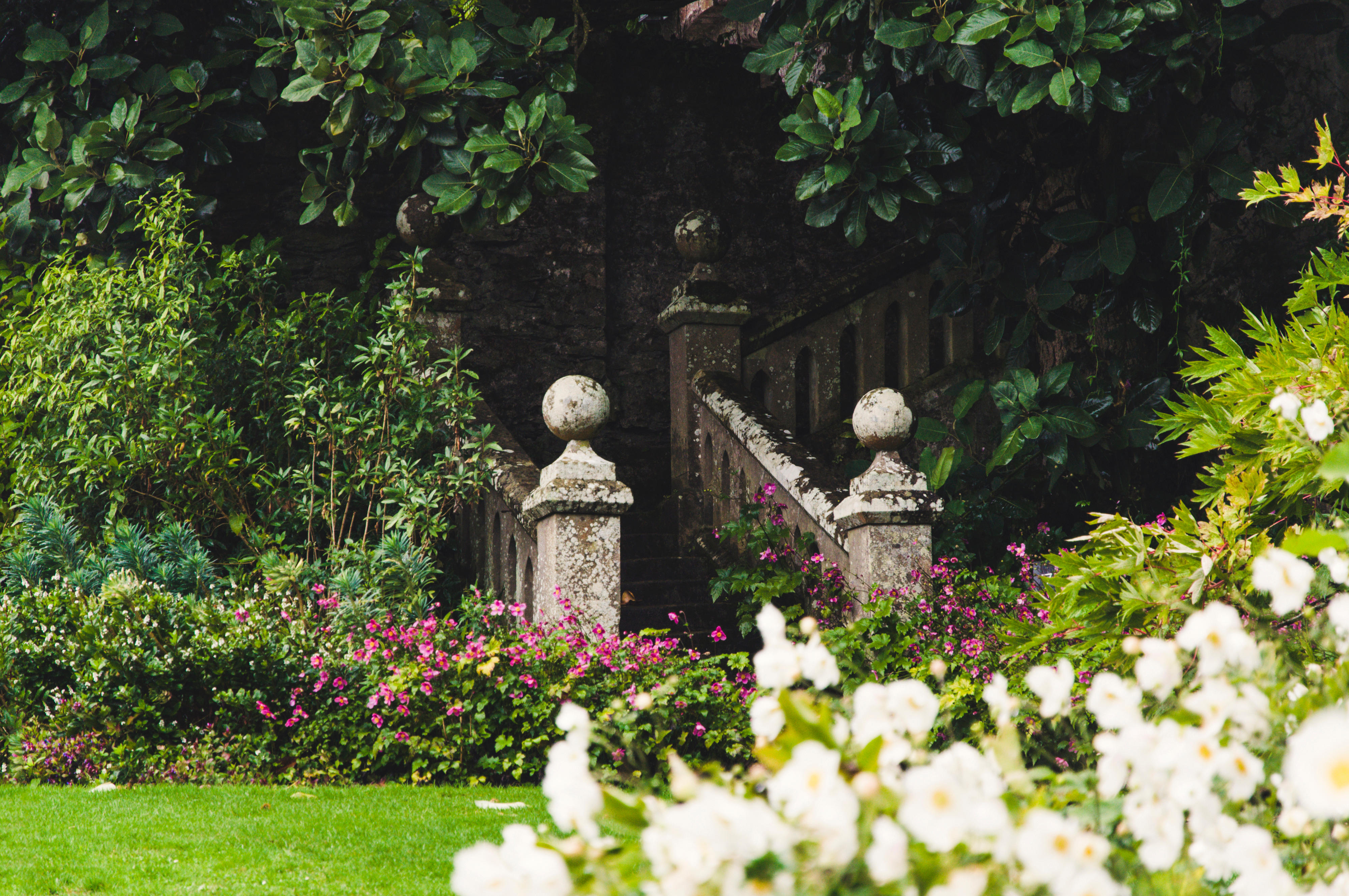 Flower power: Garden features that could add the most value to your home
Flower power: Garden features that could add the most value to your homeA nice garden is good for the mind, the soul and, apparently, your wallet.
By Annabel Dixon Published
-
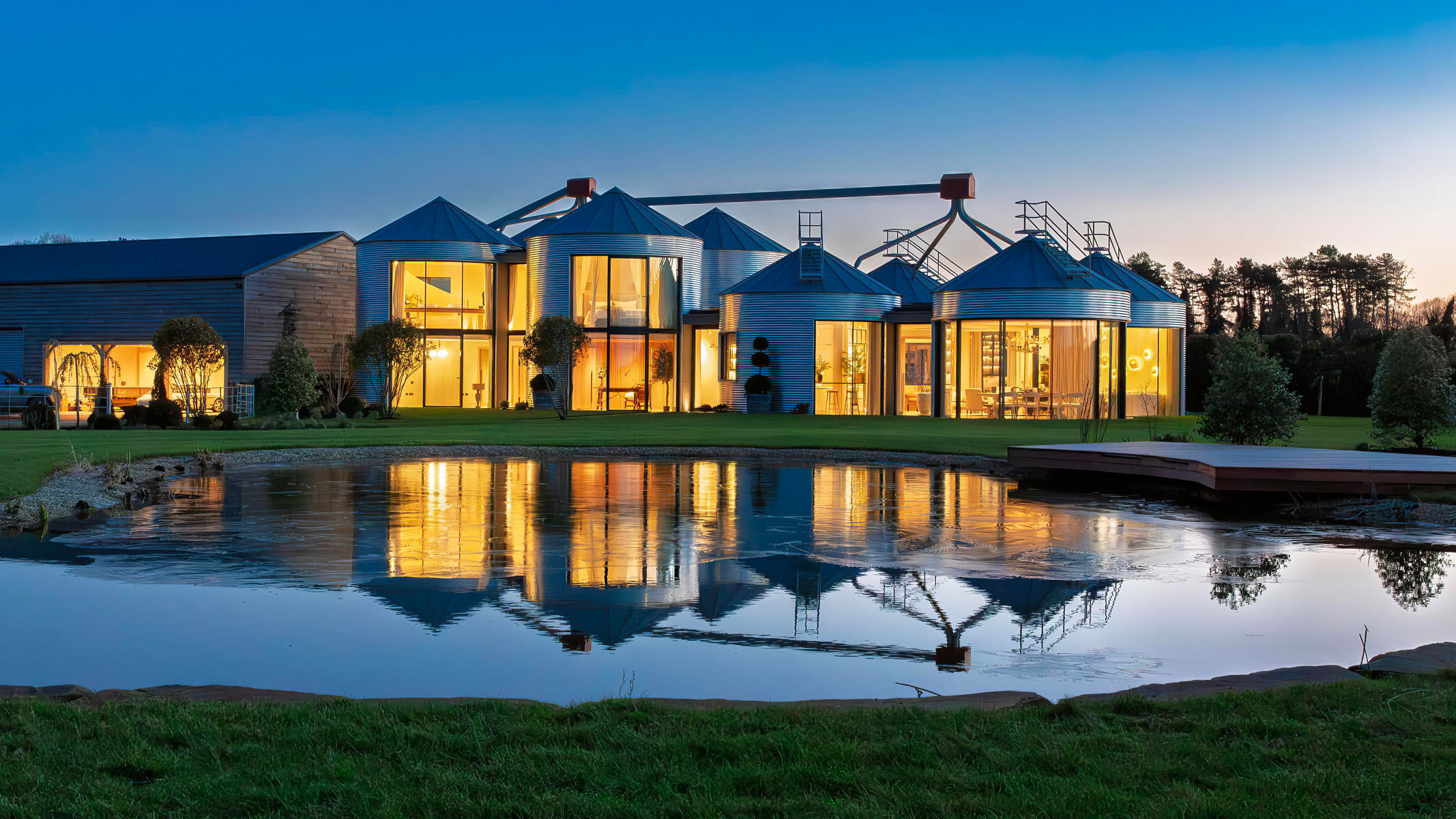 Uniquely unique? The Yorkshire grain silos transformed into a home that's a symphony in glass, steel and curves
Uniquely unique? The Yorkshire grain silos transformed into a home that's a symphony in glass, steel and curvesAmid the beautiful countryside of North Yorkshire, on the edge of the Castle Howard Estate, The Silos is a property for which the word 'house' simply doesn't cut it. And that's not the only way in which it's made us throw out the dictionary.
By Toby Keel Published
